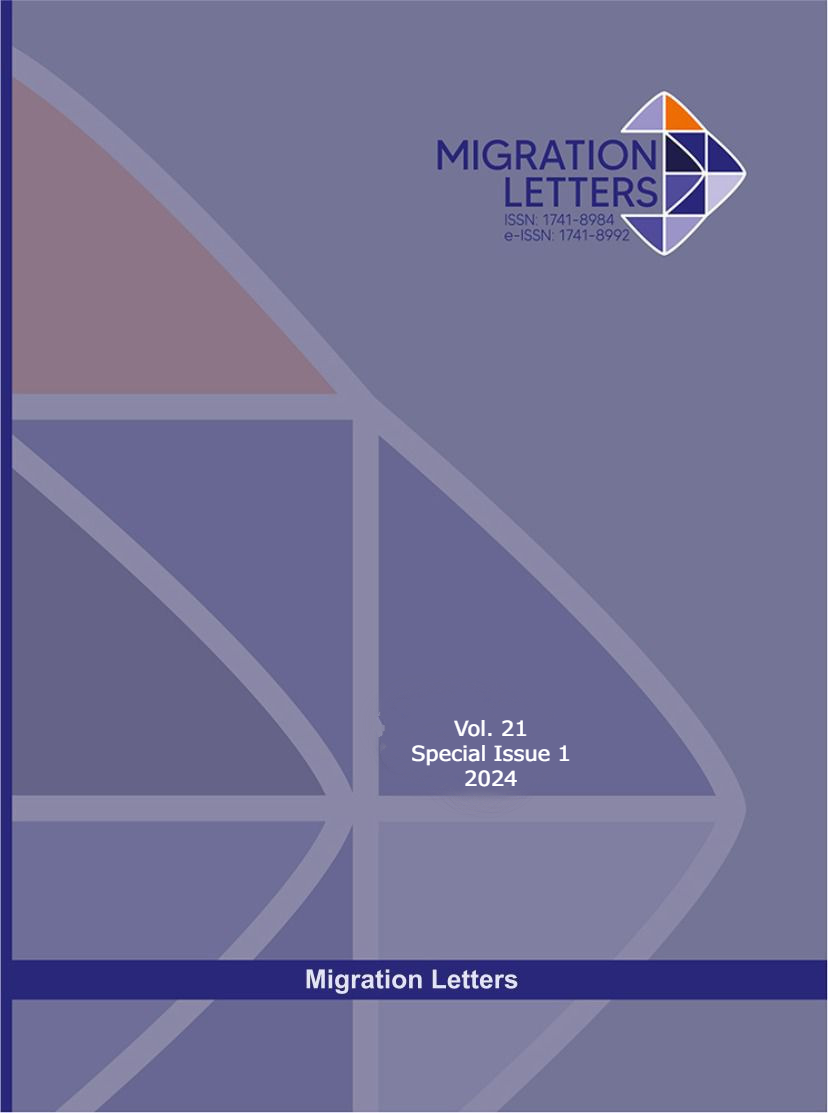Use of TikTok: A Quasi-Experimental Study for the Transformation of Sexist Attitudes in Adolescents
DOI:
https://doi.org/10.59670/ml.v21iS1.6187Abstract
Sexist attitudes in the educative environment are present more usually on a daily basis, and nowaday with the social media they spread widely; nevertheless, it is also possible to perform preventive actions through them. Thus, the current research aim is to determine that the application of the formative program Tik Tok decrease the sexist attitudes among the students of the Educative Unit, Ecuador 2023. The study is applied, with a quantitative approach and a quasi-experimental design; in the sample 60 students participated and they were divided into two groups, 30 students in the control group and 30 students in the experimental group, to this last one a pre-test and a post-test was applied as an instrument which was addapted from Bonilla, et al (2022) about sexist attitudes and the survey technique. With the purpose to accomplish the study aim a program was design in TikTok with 16 sessions in order to treat with sexist, benevolent and hostile attitudes. At the moment of verifying the outcomes of the general hypothesis, an improvement against sexist attitudes were evidenced in both groups. The analysis showed a T-Student value of ρ = 0.00 (ρ < 0.01), demonstrating that the TikTok formative program has performed a fundamental role in the notorious improvement of these attitudes.
Metrics
Downloads
Published
How to Cite
Issue
Section
License

This work is licensed under a Creative Commons Attribution-NonCommercial-NoDerivatives 4.0 International License.
CC Attribution-NonCommercial-NoDerivatives 4.0






